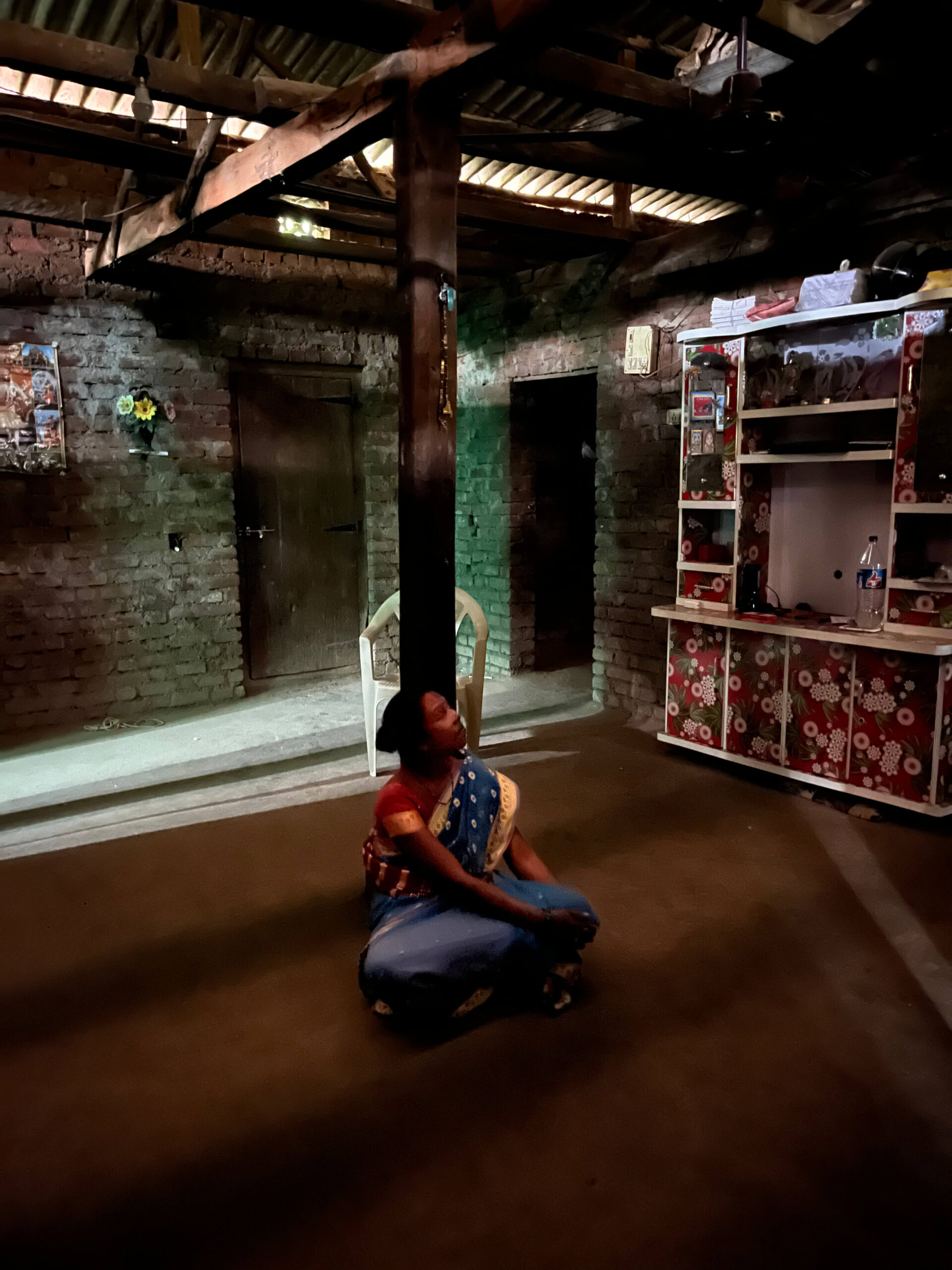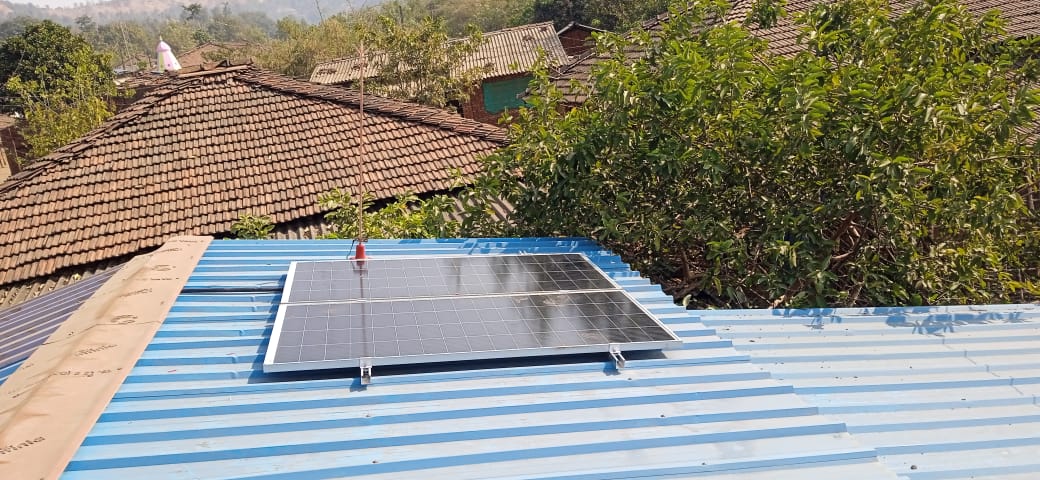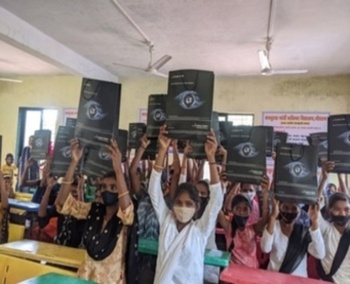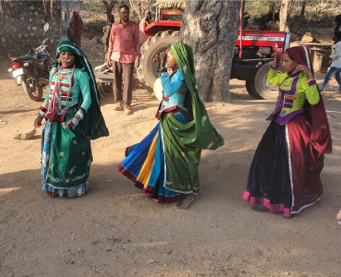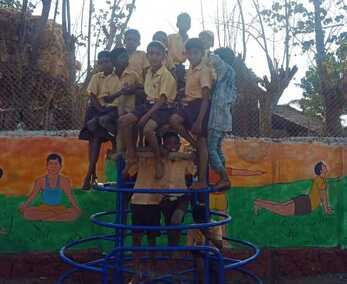Understanding Energy Poverty: The Challenges Faced by Rural Communities
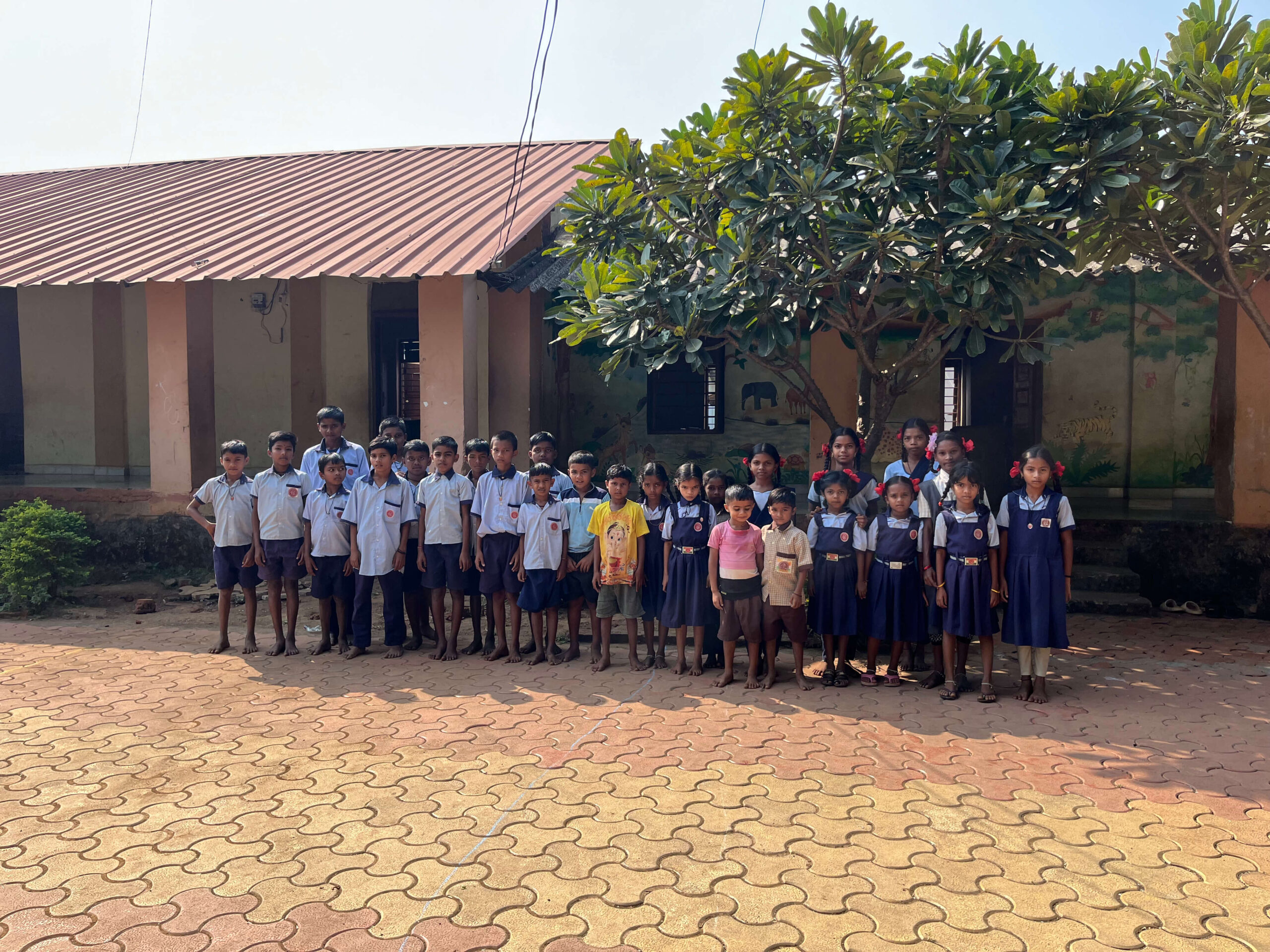
Millions of households in India are living in darkness every day, facing the brute reality of energy poverty in India. That leaves approximately 240 million residents with little or no access to electricity, and this problem becomes especially acute in the countryside. Our work at Project Chirag has seen the transformative power of sustainable energy that has been a recurring theme, but formalizing lasting results requires a grounded view of the core problems and structural impediments that sustain this crisis.
What Causes Energy Poverty? Breaking Down the Barriers
Energy poverty in the rural regions is complicated by a mixture of socioeconomic and infrastructural barriers:
- Geographical Isolation: Approximately 30 percent of the Indian rural villages are located in remote, inaccessible areas where bringing the normal power grid is exorbitantly expensive for all the electricity providers.
- Economic Constraints: Even with access to the grid at place, 65% of rural homes cannot afford to maintain the electricity needs and have to turn to risky alternatives such as kerosene lamps.
- Infrastructure Gaps: Based on reports by the government, there are about 12,000 rural villages in India that have not been fully electrified and have daily power supplies of under 8 hours.
- Dependence on Harmful Fuels: The WHO statistics show that more than one-half million Indians die prematurely annually as a consequence of indoor air pollution on account of burning biomass fuels showing the critical effect of energy poverty.
Systematic issues as such creates a vicious cycle where in the case of absence of energy availability that sustains poverty, obstructs education access, and endangers health outcomes.
Problems of Rural Areas in India: Beyond Just Darkness
Rural communities experience way more than the predominance of darkness. These important effects have been exposed through our studies in Project Chirag:
Education in Darkness
- 73% of students from the rural areas affirm their difficulties in studying late at night.
- The colder months, when there are fewer hours of daylight, record a 22% drop in children going to school.
- In the absence of a table electrical supply, only digital learning opportunities continue to elude the rural students.
Healthcare Crisis
40% of rural health centers lack electricity daily.
The Indian healthcare system is losing ₹300 crore every year because of vaccine spoilage.
Many failures of diesel generators hinder the reliable emergency response.
Economic Paralysis
- Small enterprises experience lost productivity whereby business will lose 4-6 productive hours every day because of frequent power off.
- Without reliable electricity, the integration of the trendy machinery into cottage industries is impossible.
- Women spend 3-5 hours daily collecting firewood instead of income-generating activities.
Such numbers stress the importance of getting rid of energy poverty in rural areas to achieve sustainable development in India.
How Green Energy NGO Are Lighting the Way Forward
As a green energy NGO, Project Chirag has adopted a functional approach that concentrates on reducing energy poverty through decentralized solar solutions. Our approach focuses on:
Community-Centric Solutions
- Competing village-specific solar micro-grids for specific needs
- Giving village leaders maintenance knowledge to keep systems running.
- Promoting the establishment of village energy committees for continuous sustainability.
Holistic Impact
- Deployment of solar-powered street lights in our partner villages has reduced nighttime crime.
- Scholarship societies with solar power offer evenings that allow for learning and skill improvement.
- The introduction of home lighting systems has reduced the expenditure on kerosene for each household to 500 rupees monthly.
Scalable Models
- By donating ₹10,000 towards our solar initiatives, a household is able to have an uninterrupted source of energy for 5+ years.
- When we provide customers with pay plans, we are helping to ensure that solar is affordable and plausible to the poorest households.
- Working with village authorities ensures that our projects survive the course of time.
To date, we have lit more than 800 villages, empowering 1,70,687 people – however, we understand that more is needed to help support villages in need.
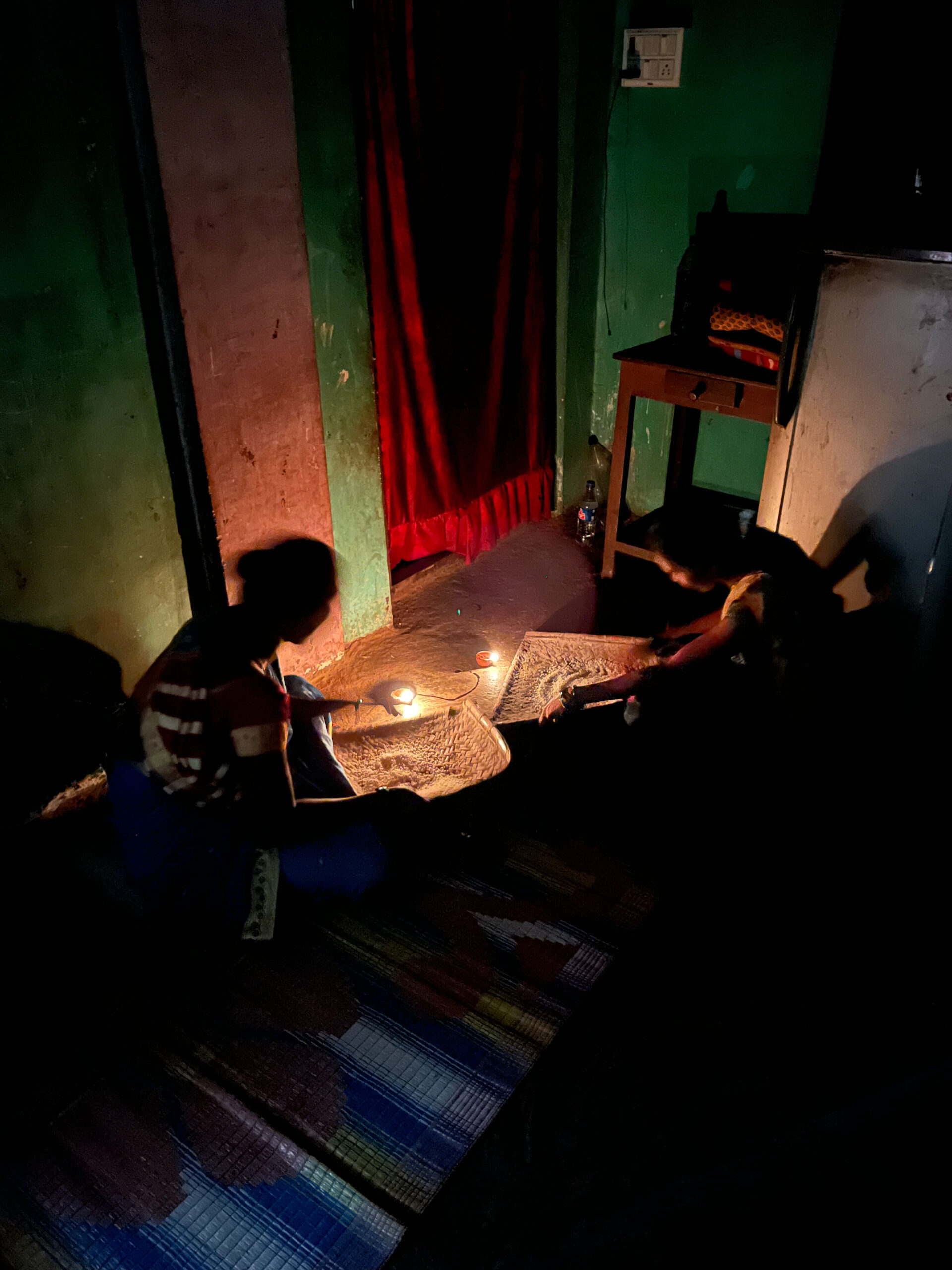
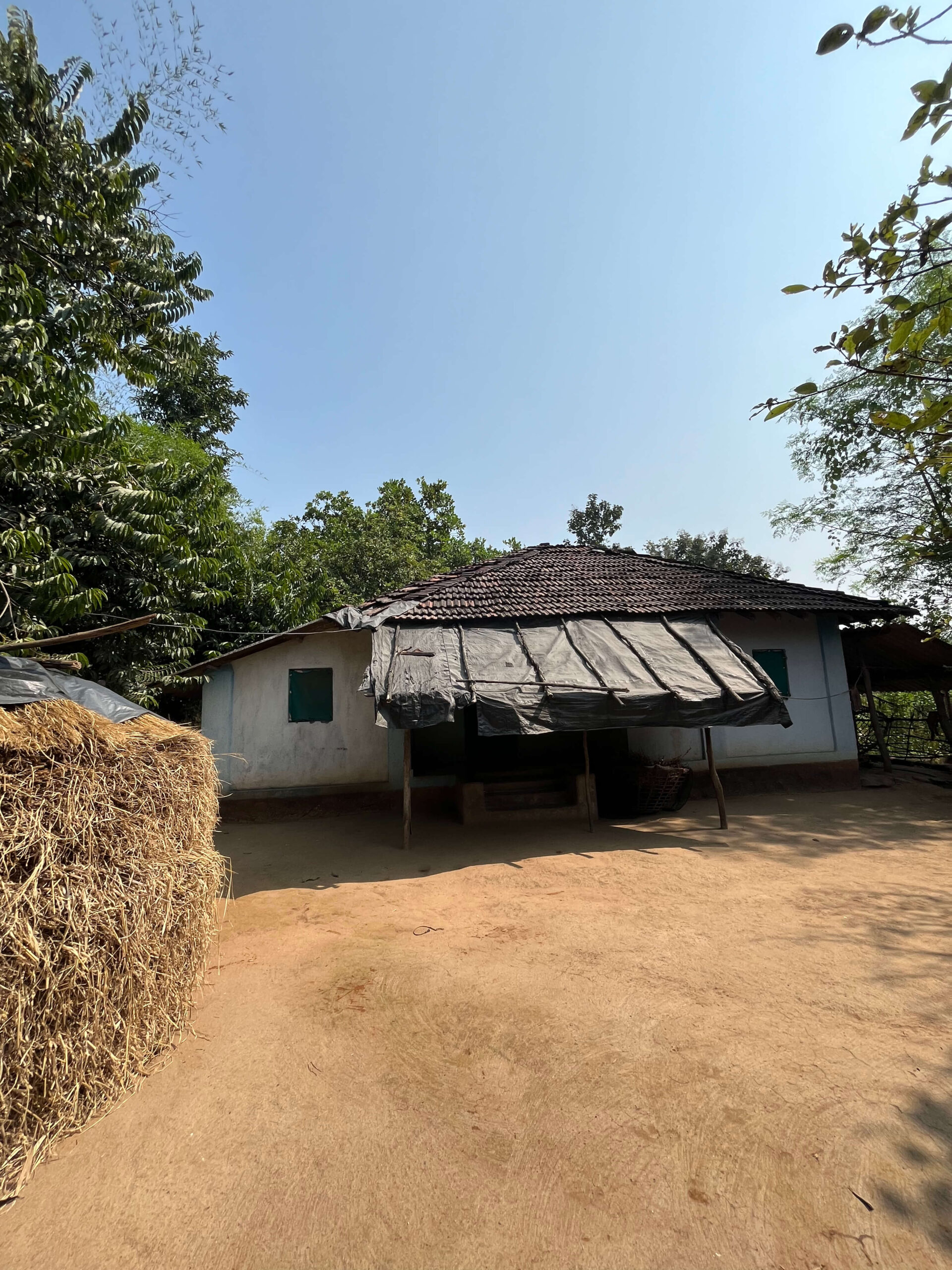
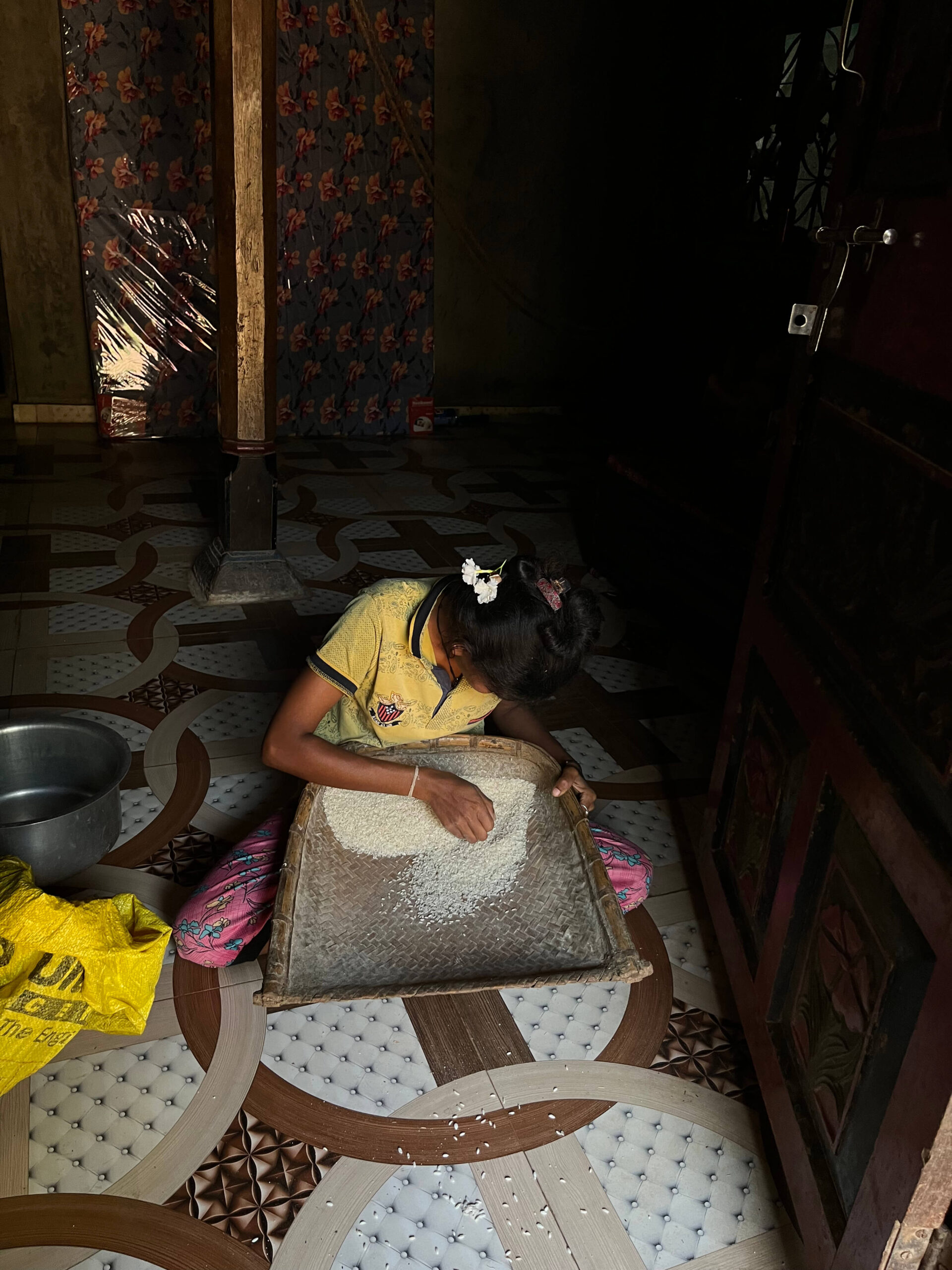
The Ripple Effect of Energy Access by Green Energy NGO
Solar technology to address challenges in rural India triggers big and enduring changes:
For Families
- Solar electrification increases the study time for children by 2.5 hours per day.
- Households gain a 20 percent increase in their savings due to savings in fuel bills.
- 45% reduction in the incidence of illnesses associated with indoor air pollution.
For Communities
- Shops receive the advantage of increased hours due to renewable energy.
- Women come together in self-help groups and set up renewable energy ventures.
- Solar-powered charging provides better communication and more service access.
For the Environment
- The annual purchase of a solar home system reduces CO2 emissions by 1.5 tons per household.
- By getting rid of unnecessary kerosene use, more than 5 million litres of toxic substances are out from spilling annually.
- Deployment of solar electricity helps in conserving the local forest from wood used for fire.
Join Project Chirag in Ending Energy Poverty
Rural community struggles require rapid and decisive action. Here’s how you can help:
- Donate: By giving a gift of ₹5,000 you can enable a solar home lighting system for a family.
- Fund a Village: For a ₹5 lakh donation, we can bring a village electricity that is reliable.
- Volunteer: Share your skills in technology, education, or community development to help our effort. 4. Spread Awareness: Please help us by sharing our updates and successes online.
Every solar energy project donation produces obvious and positive changes. On our website, you can check out our impact maps and hear straight from the families whom we’ve empowered to catch a glimpse at what we can do together.
At Project Chirag, the gift of light introduces us to a larger future. It is a base upon which education is built, where entrepreneurs can thrive, and where promising futures are determined. Work with us to take electrification to the remote areas of India, village by village.
We can end energy poverty together.
